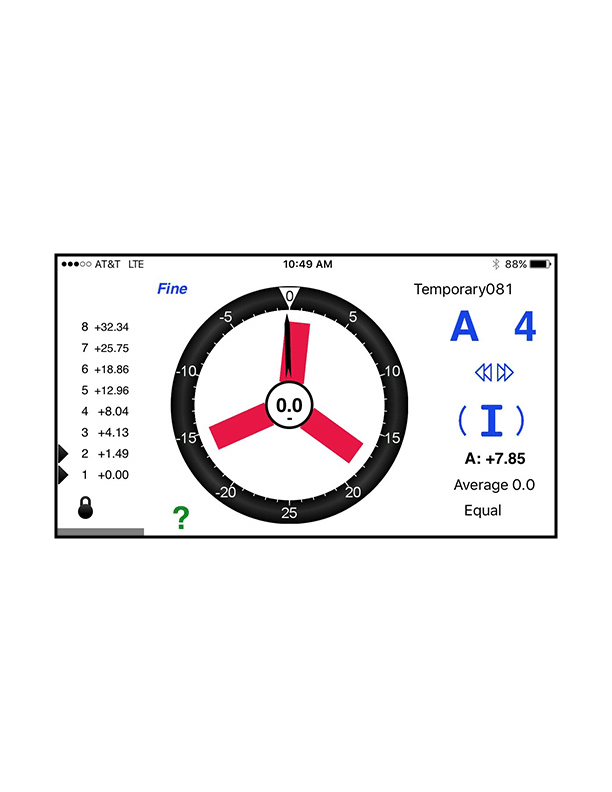A-440 AND PITCH
What is A-440?
When a string on a piano is struck it vibrates back and forth. The faster it vibrates, the higher the sound. The slower it vibrates the lower the sound will be. The lowest note on the piano vibrates about 27.5 times a second and the highest about 4186 times a second. The number of vibrations per second is called cycles or Hertz and is also the frequency of the tone. Sometimes you will hear this referred to as the 'pitch'.
The "A" stands for the A (or the ninth key) above middle C. The 440 refers to the sound frequency of 440 vibrations per second. This means that when the A above middle C is tuned to 440, that string is vibrating back and forth 440 times a second.
Most technicians tune the first A at 440 or 442 using a tuning fork, or electronic device, and then they tune the rest of the piano to this note.
Long ago there were many differing ideas as to what frequency pianos and orchestras should be tuned. (That is why some very old pianos and organs still need to be tuned to a lower A-435.) To avoid confusion A-440 was accepted, after the first world war, as the international pitch standard.
What is a Pitch Raise?
If a piano is kept untuned for too long, or undergoes dramatic humidity extremes, the pitch of all the notes of the piano may drop significantly below A-440 (see above). The entire piano may be one, two or more notes low. When the piano is under pitch like this, other instruments or singers may have difficulty tuning with the piano.
To rectify the problem, the technician must roughly tune the piano once to "get it in the ball park". By the time he is done with the first tuning, the strings will have stretched out of tune again and the piano will then need one or more finer tunings. A pitch raise is a fairly radical procedure, and the piano will tend to wander out of tune again faster than normal at first, until another tuning some months later. After that the piano will become more stable with consistent tunings.
Some older pianos cannot be brought up to proper pitch, because the strings are rusty or old and may break if too much tension is put suddenly on them, or the wooden bridge may split, causing buzzing notes.
The bad news is that since this requires more time and effort, the technician is likely to charge extra. The good news is that, if regularly tuned thereafter, the piano will not be likely to need a pitch raise again.


